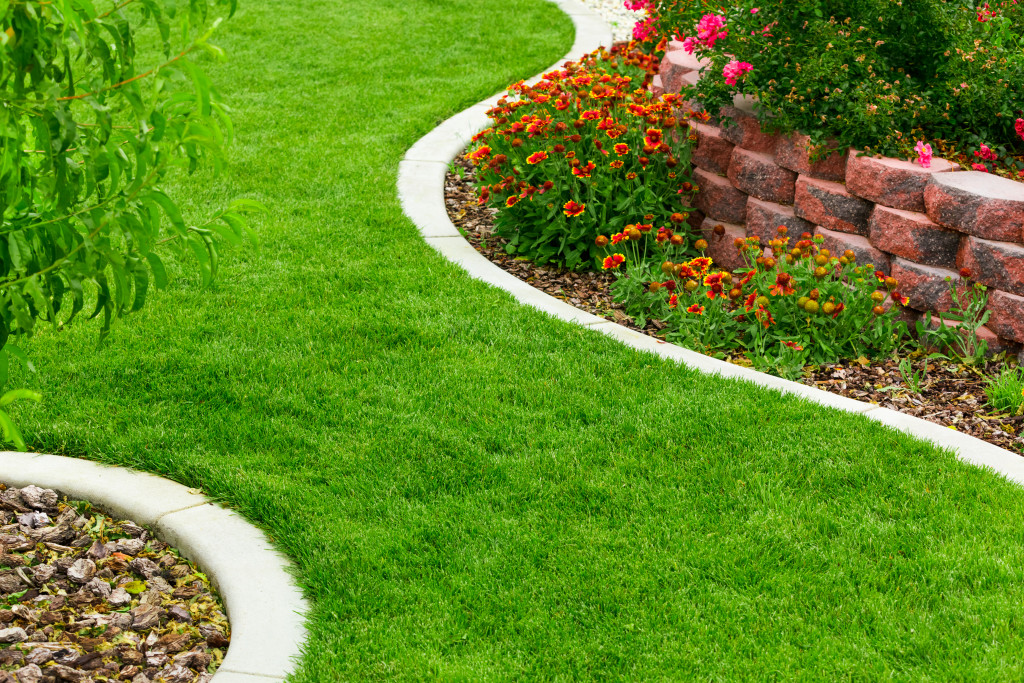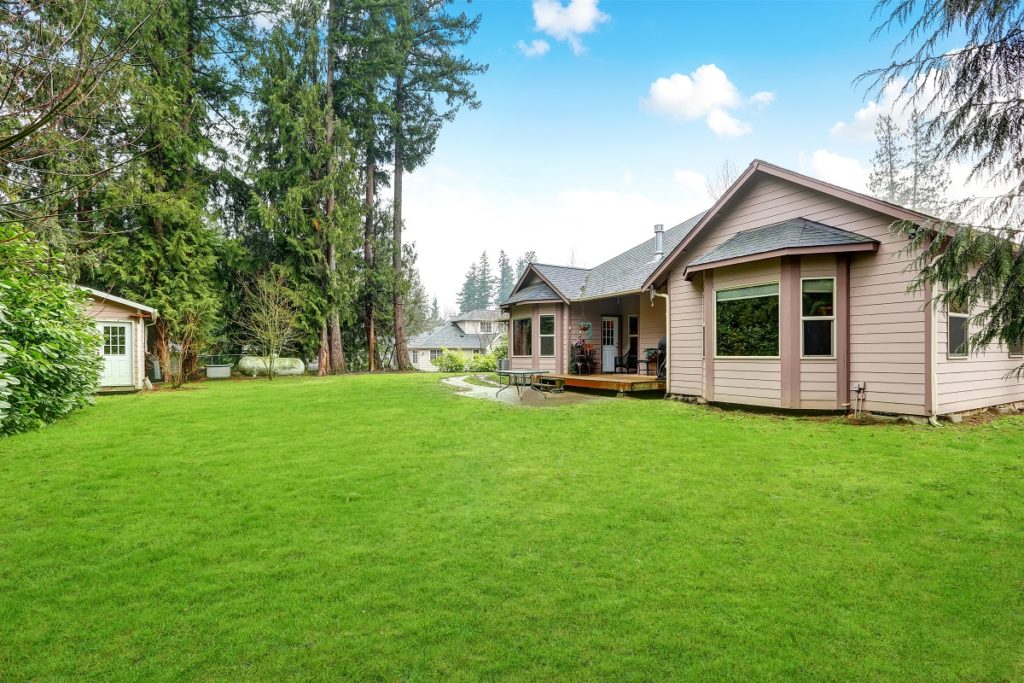- When selecting the right plants, a deep understanding of your yard’s ecology is essential.
- Design functional and aesthetically pleasing outdoor spaces by carefully planning their usage.
- Choose plants with varying colors, shapes, and sizes for year-round interest.
- Incorporate focal points to guide the viewer’s eye and add visual appeal.
- Seek professional guidance when needed to elevate your landscape design.
Elevating your home’s landscape design enhances its aesthetic appeal and increases property value. A well-planned, thoughtful approach to landscaping allows you to create an outdoor space that reflects your taste and lifestyle. Below are five tips to elevate your landscape design effortlessly and effectively.
1. Understand Your Yard’s Ecology
Before making any significant changes, take the time to understand your yard’s unique conditions, like its climate zone, topography, and soil type. Recognizing these factors is crucial in selecting plants and design elements that will thrive in your specific environment.
Also, consider the amount of sunlight different areas in your yard receive daily. This understanding lets you choose plants suited to the varying light levels, ensuring a lush, vibrant garden.
2. Plan for Usage
Consider who will use your yard and how they’ll use it. Perhaps you envision a serene retreat for relaxation, a space for entertaining, or a safe playground for kids. Planning for usage helps create a functional design that effectively serves your needs and desires.
Creating different spaces for different uses is essential, just like you do inside your home. Divide your yard into ‘rooms’ with various functions, ensuring a place for everything, making the space beautiful and practical.
3. Select Plants Wisely

Choosing the right plants is fundamental to achieving a balanced, visually appealing design. When selecting plants, consider their color, shape, and size and how these will change throughout the seasons.
Opt for a mix of perennial and annual plants to ensure year-round color and interest. Incorporate plants of varying heights and textures to create depth and dimension, providing a dynamic, engaging visual display.
Here are some plants for your garden:
Hardy Geraniums
Also known as Cranesbill, hardy geraniums are an excellent choice for any garden due to their adaptability and resilience. They thrive in various conditions and bring vibrant color through their blooms throughout the summer. Various hardy geraniums are available, each offering unique color and leaf forms, and they are a favorite among gardeners as ground cover or border plants.
Lavender
Lavender is a garden staple known for its beautiful purple flowers and enchanting fragrance. This plant adds color and texture to your garden and attracts pollinators, such as bees and butterflies. Lavender is a robust, drought-resistant plant that prefers full sun and well-drained soil.
Astilbe
Astilbe is a perennial ideal for shady parts of the garden. With its feathery plumes in a range of colors from white to pink to red, it adds color in areas where many other plants won’t flourish. Besides, Astilbe’s attractive, fern-like foliage provides interest even when the plant is not in bloom.
Hydrangeas
Hydrangeas are versatile flowering shrubs that bring spectacular color to the garden from mid-summer to autumn. Depending on the pH of your soil, the sizeable, lush blooms can range from pink to blue. Regular watering and pruning will keep hydrangeas looking their best, and they can be used as standalone features or integrated into borders for dramatic effect.
4. Implement Focal Points
Every successful landscape design has well-defined focal points that draw the eye and give a sense of direction. Focal points could be anything from a striking tree or sculpture to a stunning plant or water feature.
A well-placed focal point guides the viewer’s eye through the landscape, creating visual interest and balance. Be mindful of scale; your chosen focal points should fit harmoniously within the overall design without overwhelming or getting lost in the space.
5. Seek Professional Guidance
Sometimes, the best approach to elevate your landscape is to consult with professionals who can offer their expertise and vision. Companies like Down To Earth Trees can assist in providing specialized services to enhance the beauty and health of your trees, an integral part of any landscape. Working with them will help you address any issues your trees may have, ensure safety, and preserve your trees for future generations.
They can offer various services such as tree pruning to maintain the shape and health of your trees, felling of damaged or unwanted trees, stump grinding and removal to eliminate potential hazards and improve the appearance of your landscape. They also offer hedging services for privacy and aesthetics, as well as planting new trees to enhance the overall look of your property.
In Closing
Taking your landscape design to the next level involves careful consideration of your yard’s unique conditions, planning for usage, wise plant selection, creating focal points, and sometimes seeking professional guidance. By following these tips, you can craft a visually stunning, deeply personal landscape, and immensely enjoyable, making your home stand out.

